Why Climbing Is Bad For Your Health
This winter I've written about 20 training programs for climbers of a wide range of skill levels. One comment I often get in my initial interviews is that they want to train hard and be dedicated to climbing while remaining healthy and injury free.

While I echo this optimistic sentiment, I know that it just isn't always possible, particularly when you're reaching into the upper limits of your abilities.
I also, somewhat surprisingly, hear strong climbers lament that they thought they were in such good shape, yet they got their butts kicked at hot yoga, or they can't believe how sore they are from sand volleyball. Of course you are! You're in good climbing shape - not good yoga shape. The two things are completely different, and you'd be hard pressed to convince me of any crossover fitness.
Now, I don't often do this, but I thought this blog post was worth reposting. It's a blog I follow, well-written and often insightful commentary on how the body moves and functions. It isn't so much about the physiology as it is the "essence" of movement. At any rate, this post, "Extreme Performance or Optimum Health? Pick One!", hit the nail on the head.
Read it and choose your path, but choose wisely.
Otherwise, you might just suck at sand volleyball forever.

Eric Hörst chats about how some big life shifts – retirement, the success of his brand PhysiVantage, and becoming an empty nester – have impacted his climbing and training.
What does science say about warming up before performance?
Can shoulder injuries be prevented through strength training? Or are they just an inevitable part of being a climber?
Can we minimize tendon injury and return more quickly to climbing?
How does 30 years of climbing affect our shoulders?
It’s a thin line, and one that is tricky to navigate.
Recognizing and dealing with eating disorders in climbing is a prevalent but often ignored issue.
Are you injured? Or is your brain just telling you that you are?
The legendary Professor Bill Ramsey talks getting older, sending anyway, and the effort required.
For Dr. Vagy’s third appearance on the podcast, we tackle some myths and hot topics about training for climbing.
Using science to inform climbing training is becoming increasingly popular, and for good reason. Leading that charge is Dr. Tyler Nelson of Camp 4 Human Performance.
Part three from Nate: training in December and January, how I spent my time in Hueco to keep preparing myself for sport climbing, and what I’m doing from here.
It has become accepted that climbers should be lifting weights to maximize our athletic potential. But why exactly? Our coach Paul Corsaro is here to explain.
Let’s face it. All of us who are trying hard to push ourselves will eventually be injured.
With all the information out there on training, rehabbing, and performance, it’s tough to know where to start when you’re injured.
In this 3 part series we're going to dig into the concepts behind the easy to follow system of prehab and rehab that Dr. Vagy has built.
Dr. Shannon O'Grady, Ph.D., of Gnarly Nutrition talks us through BCAA’s: what they are, why we need them, how to use them, and more.
If you've been around climbing long enough, you know someone who has struggled with an eating disorder.
PT Allison Stowers talks how to self-diagnose, when to see a doctor about an injury, and most importantly, how to prevent them.
Fingers are pretty important to us. Dr. Lisa Erikson takes us on a deep dive into the methods behind dealing with finger injuries.
I blank out immediately when talking the details of nutrition. Not so with our guest today, Neely Quinn.
Despite the odds, Craig Demartino has become a better rock climber after deciding to amputate his leg.
I sit down with Rannveig Aamodt and talk about her impressive road to recovery after a terrible accident.
The "little" exercises that I was capable of just got much bigger.
It's interesting how fast perspective can shift when one's situation is altered.
If you've ever been to "24 Hours of Horseshoe Hell", then you've no doubt heard of Dick Dower and Natalie Neal Dower.
When you aren't using muscles, your body has zero interest in maintaining them.
A climber since 1994, Kris was a traddie for 12 years before he discovered the gymnastic movement inherent in sport climbing and bouldering. Through dedicated training and practice, he eventually built to ascents of 5.14 and V11.
Kris started Power Company Climbing in 2006 as a place to share training info with his friends, and still specializes in working with full time "regular" folks. He's always available for coaching sessions and training workshops.



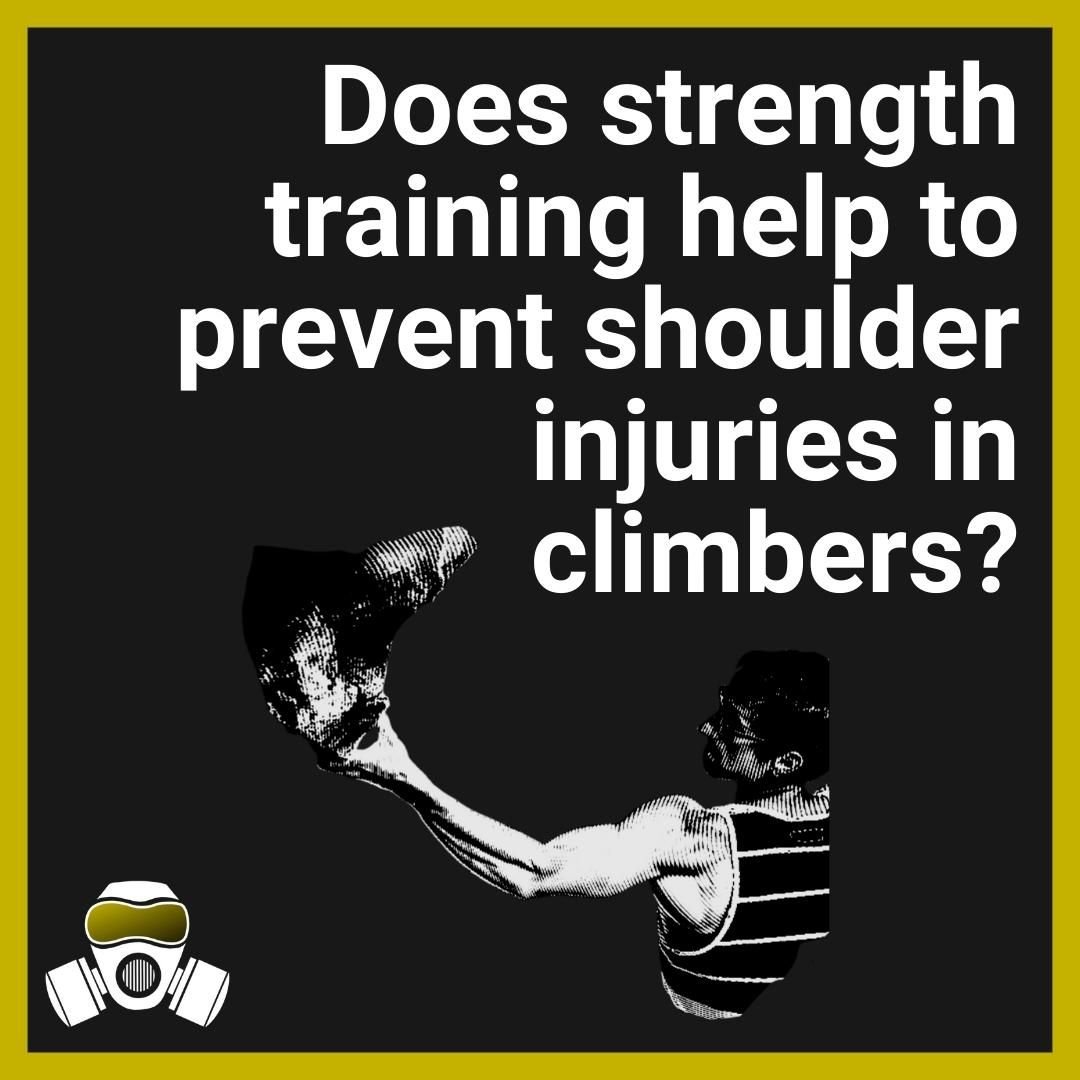
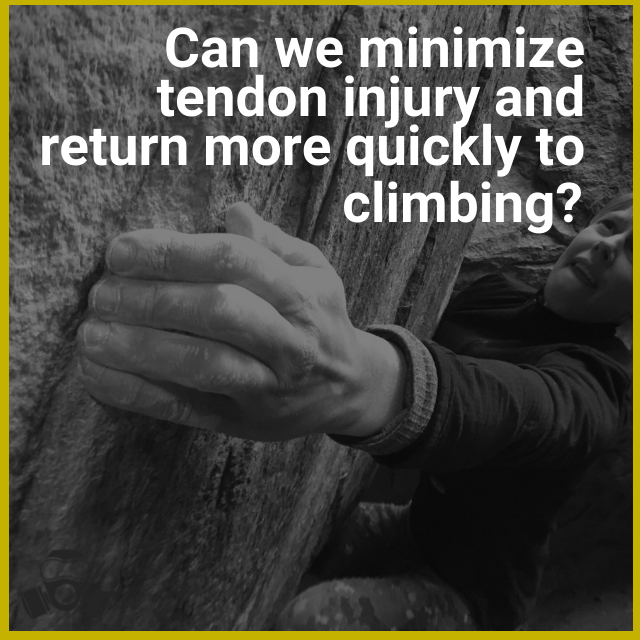
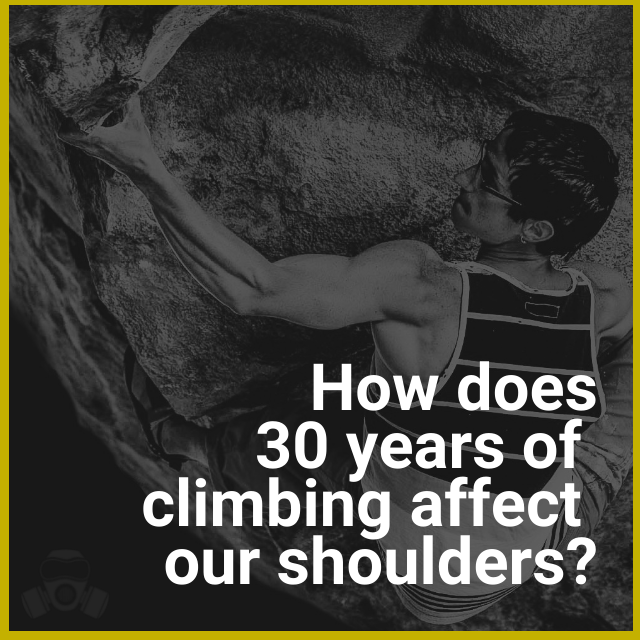


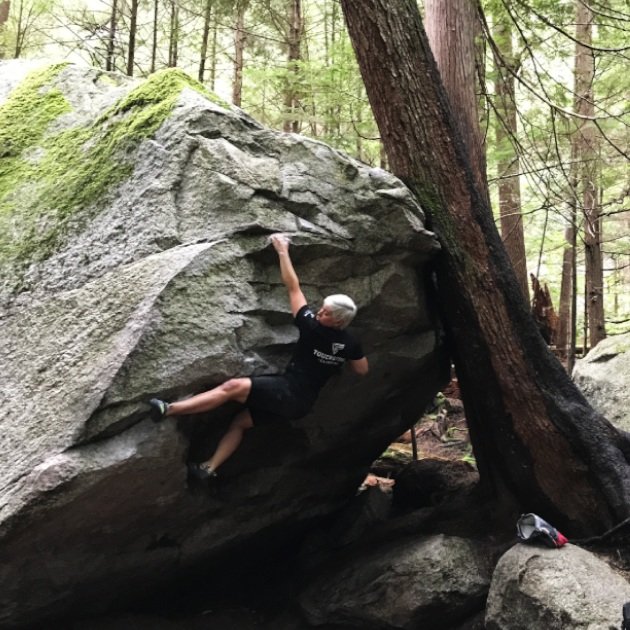

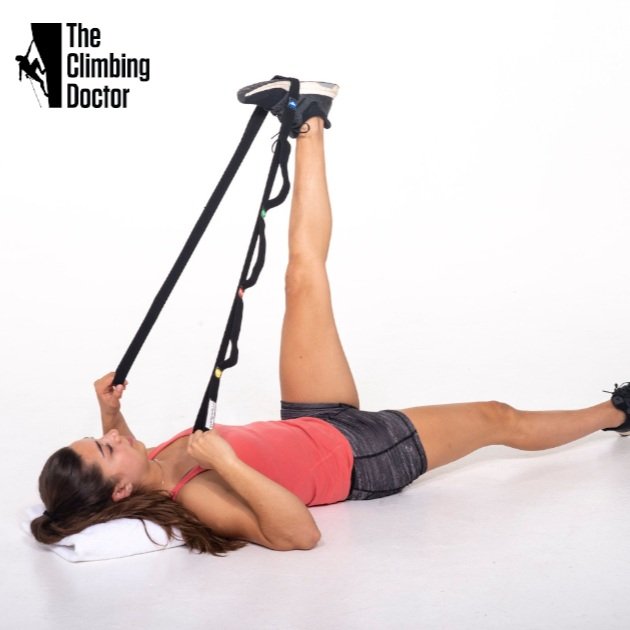



















When it comes to skin care in the climbing world, Rhino Skin Solutions is the one name you need to know.